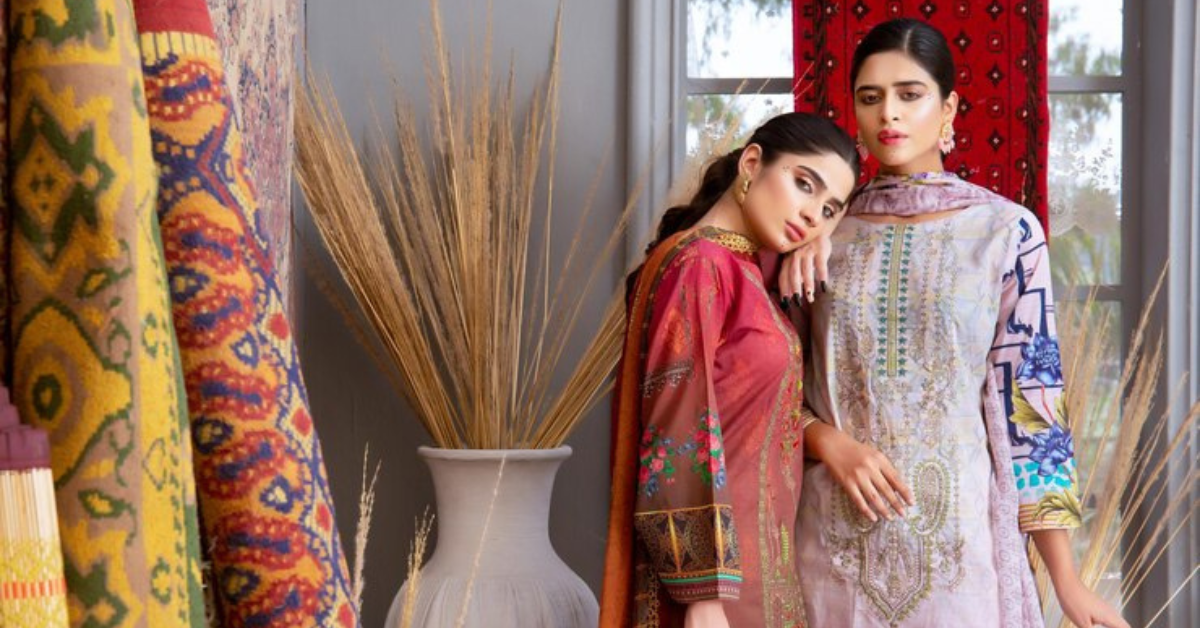As temperatures rise, the right fabric choice for your summer dresses becomes essential for staying cool, comfortable, and stylish. The ideal summer fabric should be lightweight, breathable, and able to wick moisture away from your body. This guide will help you navigate the world of summer fabrics, ensuring you make informed choices for your warm-weather wardrobe.
Factors to Consider When Choosing Summer Dress Fabrics
Before we dive into specific fabric recommendations, let’s consider the key factors that make a fabric suitable for summer wear:
Breathability: Allows air to circulate and heat to escape
Moisture-wicking: Draws sweat away from the body
Lightweight: Doesn’t add unnecessary bulk or weight
Easy care: Simple to wash and maintain in hot weather
Durability: Stands up to frequent washing and sun exposure
UV protection: Offers some defense against harmful sun rays
Wrinkle resistance: Maintains a fresh look in humid conditions
Best Fabrics for Summer Dresses
Cotton
Cotton is a perennial favorite for summer clothing:
- Pros:
Highly breathable and lightweight
Absorbs moisture well - Cons:
Can wrinkle easily
May shrink if not pre-washed
Tip: Look for cotton dresses with a bit of stretch for added comfort and wrinkle resistance.
Linen
Linen is known for its excellent cooling properties:
- Pros:
Extremely breathable and lightweight
Becomes softer with each wash - Cons:
Wrinkles easily
Can be expensive
Styling Tip: Embrace linen’s natural tendency to wrinkle as part of its relaxed, summer aesthetic.
Rayon (including Viscose and Modal)
Rayon is a semi-synthetic fabric with a silky feel:
- Pros:
Very breathable and lightweight
Drapes well on the body - Cons:
Can be less durable than natural fibers
May shrink or lose shape if not cared for properly
Chambray
Chambray offers a denim-like look without the weight:
- Pros:
Lightweight and breathable
Durable and easy to care for - Cons:
Can be prone to wrinkling
Style Suggestion: A chambray shirt dress is a versatile summer staple.
Silk
While often considered a luxury fabric, silk can be great for summer:
- Pros
Naturally temperature-regulating
Lightweight and breathable - Cons:
Can be expensive
Requires delicate care
Tip: Opt for looser-fitting silk dresses to allow for air circulation.
Chiffon
Chiffon is a sheer, lightweight fabric perfect for layering: check out Benefits of wearing chiffon dresses
- Pros:
Very lightweight and airy
Creates elegant, flowing silhouettes - Cons:
Delicate and can snag easily
Often requires lining or layering
Styling Idea: A chiffon maxi dress is perfect for beach vacations or summer evenings.
Jersey Knit
Jersey is a comfortable, stretchy knit fabric:
- Pros:
Soft and comfortable
Stretchy and form-fitting - Cons:
Can cling to the body, which some may find unflattering
Synthetic jerseys may not breathe as well as natural fibers
Tip: Choose cotton jersey for better breathability in hot weather.
Eyelet
Eyelet fabric features small, patterned cut-outs:
- Pros:
Allows for air circulation through the cut-outs
Offers a feminine, delicate appearance - Cons:
Can require special care due to its textured nature
May not be suitable for very formal occasions
Style Suggestion: An eyelet sundress is perfect for casual summer outings.
Fabrics to Avoid for Summer Dresses
While these fabrics have their place, they’re generally not ideal for hot weather:
Polyester: Doesn’t breathe well and can trap heat and moisture
Nylon: Similar to polyester in its heat-trapping properties
Leather: Too heavy and doesn’t allow for air circulation
Denim: Too heavy for hot days, though lightweight denim can work
Vinyl: Traps heat and doesn’t allow skin to breathe
Tips for Choosing and Caring for Summer Dress Fabrics
Read the Label: Always check the fabric composition and care instructions.
Feel the Fabric: Lightweight, breathable fabrics should feel cool to the touch.
Consider the Lining: Ensure any lining is also made from breathable material.
Think About Maintenance: Choose easy-care fabrics if you’re not keen on dry cleaning or hand washing.
Color Matters: Lighter colors reflect heat better than darker ones.
Proper Care: Follow care instructions to maintain the fabric’s quality and appearance.
Blend Benefits: Some fabric blends can offer the benefits of multiple fibers (e.g., cotton-linen blends).
Conclusion
Choosing the right fabric for your summer dresses can make a significant difference in your comfort and style during hot weather. Natural fibers like cotton and linen are often the best choices due to their breathability and moisture-wicking properties. However, certain synthetic or semi-synthetic fabrics like rayon can also be excellent options when designed for hot weather wear.
Remember to consider factors such as the specific climate you’ll be in, the level of activity you’ll be engaging in, and your personal style preferences when selecting summer dress fabrics. By choosing wisely, you can ensure that you stay cool, comfortable, and fashionable throughout the summer months.
FAQs
Can I wear silk dresses in very hot weather?
While silk is breathable, it shows sweat easily. Opt for loose-fitting silk dresses and consider wearing them in the evening or in less humid conditions.
Are synthetic fabrics always bad for summer wear?
Not necessarily. Some modern synthetic fabrics are designed to be moisture-wicking and breathable. Look for performance fabrics if you prefer synthetics.
How can I prevent linen dresses from wrinkling so much?
While some wrinkling is characteristic of linen, choosing linen blends (e.g., cotton-linen) can help reduce wrinkles. Proper ironing and storage can also minimize creasing.
Is it better to choose natural or synthetic fabrics for summer dresses?
Generally, natural fabrics are better for breathability and comfort in summer. However, some modern synthetic blends are designed to perform well in hot weather.
How do I care for delicate summer fabrics like chiffon?
Always follow the care label instructions. Many delicate fabrics require hand washing or dry cleaning. Use gentle detergents and avoid wringing or twisting the fabric.
Can I wear knit fabrics in summer without overheating?
Lightweight knits, especially those made from natural fibers like cotton, can be suitable for summer. Look for loose-knit fabrics that allow for air circulation.
